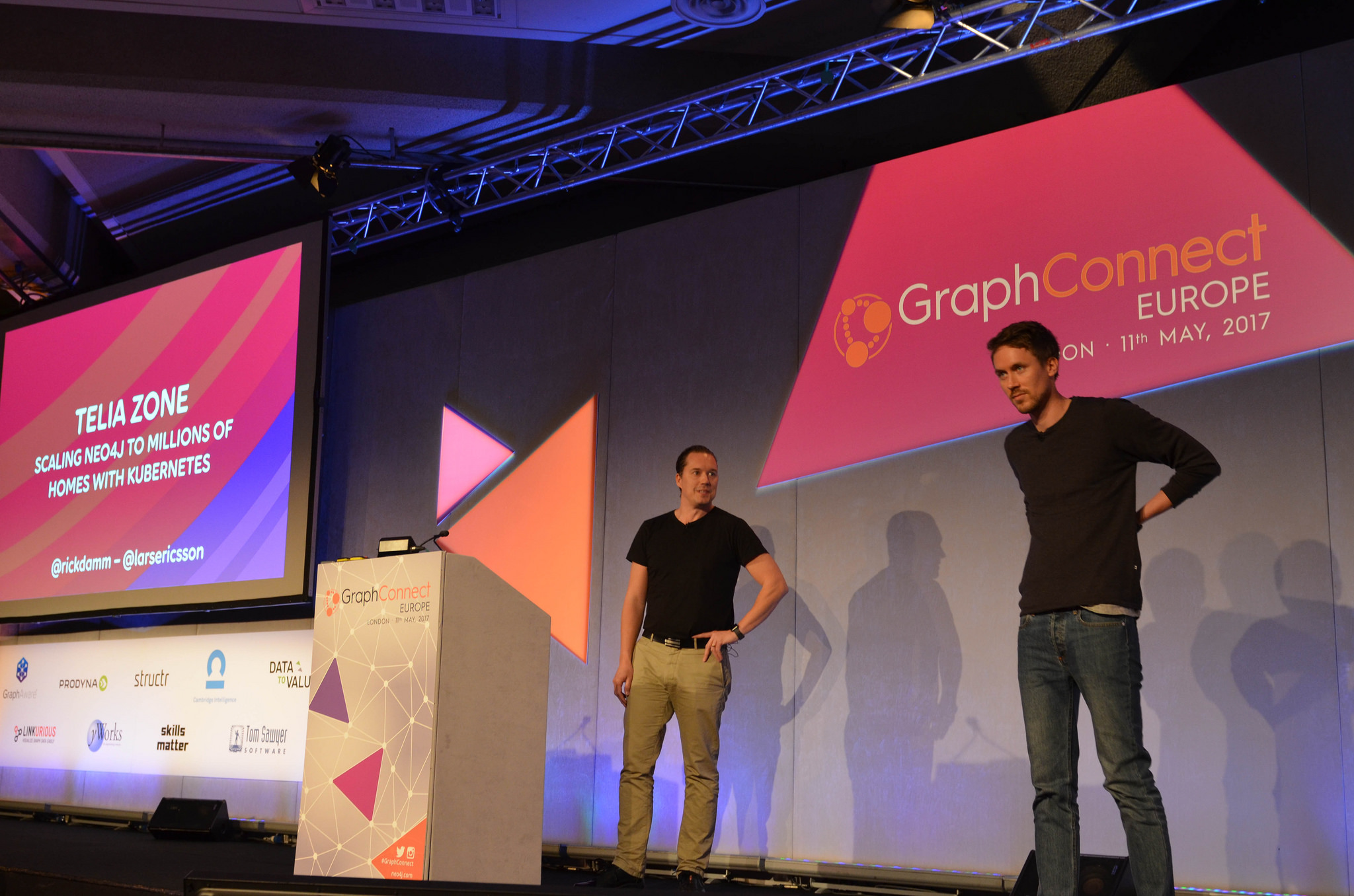Is graph the ideal management tool for Telia?

Rickard Damm, founder andhead of Telia Zone
Telia is the largest telco in the Nordic region. But as Internet access becomes more and more of a commodity, we need to look at how to deliver more value to our customers and protect our position in the market.
That’s why we decided to launch our new broadband home-added services network, Telia Zone. With Telia Zone, we’ve created the basis for a new digital domestic ecosystem and laid the first building blocks for that on top of broadband connections for an eventual 1.2 million users – with graph-powered smart home management a major feature of what we’re trying to do, says Rickard Damm, founder and head of Telia Zone.
Examples of services available now are the song list builder CoPlay, list and notification service If This Then That, Glue smart locks, Manetos heat control and local major news publication SvD. As Telia Zone has been downloaded into existing routers as part of an update, our subscribers can start exploring it straight away.
Telia is now in discussion with other services that operate behind a paywall, such as music streaming and news, to offer them to customers as part of the new service in a freemium model. That’s important, as having more household names will also help bring other service providers onboard – the current goal is to offer ten connected services.
The vision is to be part of the big eco-systems alongside Apple, Google, and Amazon. So embedded into the latest version of the home routers we are giving customers a slew of fun and useful broadband-delivered consumer digital services.
Soon, home owners can detect when people are entering or leaving the house, set triggers and rules for adjusting heating and lighting, even tee up musical accompaniment, such as play their children’s current fave track when they get back from school.
Telia Zone is essentially the basis for a future smart home system, starting with VOD and home entertainment and we believe we’re first in the world with this level of smart home connectivity. We knew broadband subscribers had become an under-served category in terms of service innovation: about 60% of them subscribe to TV services, but there had been no significant innovation around the router itself for some time.
In response, we arrived at the idea for the Premium Zone Platform (the technology behind Telia Zone) – a hub around which wi-fi-based services could develop and deliver an enhanced experience.
The heart of the proposition is providing wireless-delivered cloud APIs to service providers, which could be a way to offer value for our partners. An API provides data on when a client is in the Zone, events for those clients as they enter or leave, the device being used (which is in effect the client) and authentication of that client.
Why graph?
A genuinely innovative smart home service, Telia Zone is using an innovative management network, the Neo4j graph database, as a key part of our backend. That’s because the APIs it needs to work the service are stored as relationships between different types of events or different types of data, and the Telia team decided graph databases are the best way to model such relationships.
As Telia Zone is expected to have 13 million devices as individual nodes, with 20-30,000 events per second, it’s also a sizeable IoT (Internet of Things) network. Graphs can easily model complex relationships at scale.
Graphs are also highly flexible. We do not know exactly which APIs we will go on to develop, but Neo4j can create new connections on the fly and make new APIs out of any that may become desirable, which is highly useful.
Graph analytics is at the heart of how Telia Zone understands data, in effect – using graph with the router as the node, apps as connections, and other locations or devices where a subscriber connects to Telia Zone giving a wider context. Predictive analytics can look at when two known devices are in the same zone or when a subscriber is likely to arrive home.
In addition, we want Telia Zone to be as future-proofed as possible; we want to explore AI (artificial intelligence) and machine learning, and graphs were considered the best way to handle the open-ended architecture to enable that.
The author of this blog is Rickard Damm, founder and head of Telia Zone
Comment on this article below or via Twitter @IoTGN
